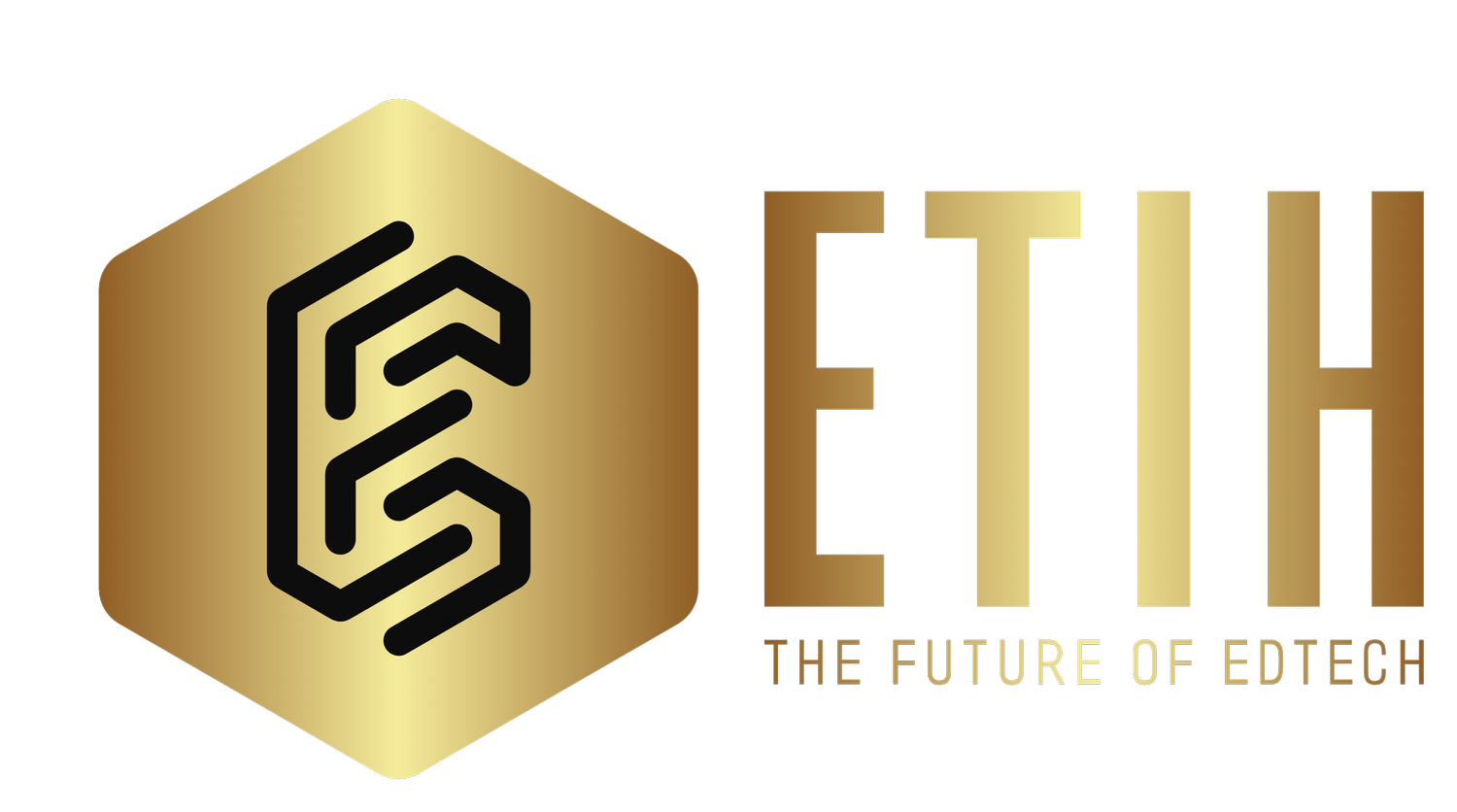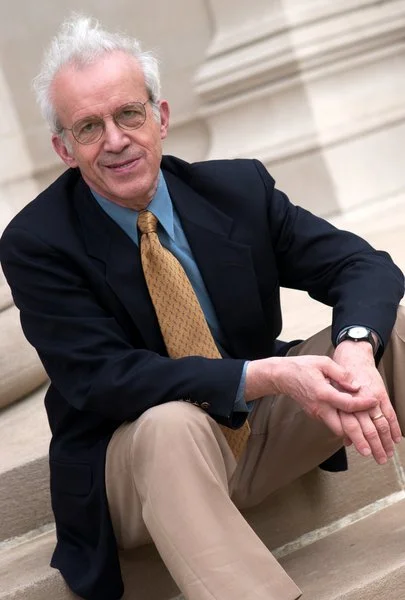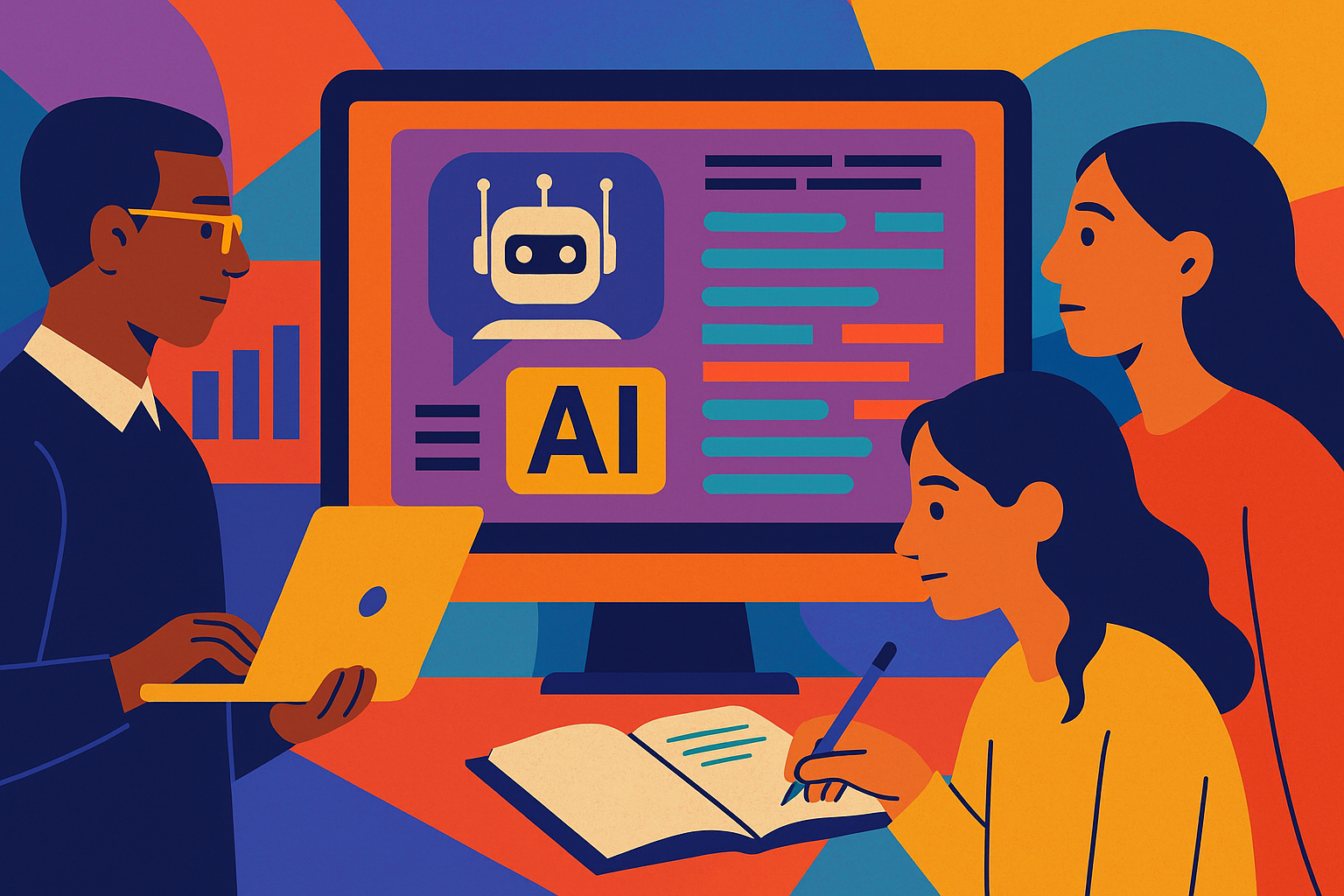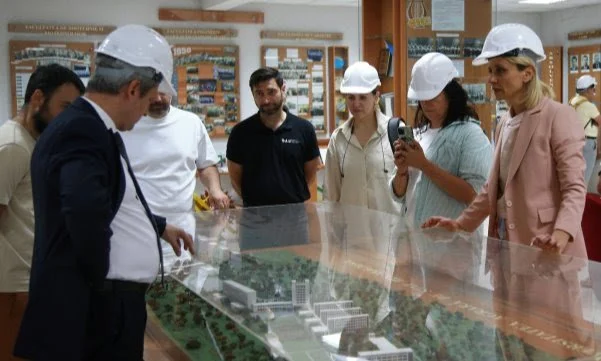Daniel Kleppner, pioneering MIT physicist and key figure in Bose-Einstein condensation, dies at 92
The former MIT professor shaped modern atomic physics, contributing to technologies such as GPS and quantum computing.
Photo credit: MIT
Daniel Kleppner, the Lester Wolfe Professor Emeritus of Physics at MIT, died on June 16 in Palo Alto, California, at the age of 92.
A faculty member at MIT for 37 years, Kleppner’s experimental research in atomic, molecular, and optical physics laid the groundwork for technologies such as GPS, MRI, and quantum computing.
His career included work on hydrogen masers and atomic clocks, studies of Rydberg atoms, and major contributions to the field of Bose-Einstein condensation (BEC). Although he never received a Nobel Prize, his work enabled Nobel-winning achievements by many of his students and collaborators.
Wolfgang Ketterle, the John D. MacArthur Professor of Physics at MIT and a 2001 Nobel laureate, says, “He was a leader in the department, and a leader in the American Physical Society. He was a statesman of science. He was this eloquent person, this master of words who could express things in memorable ways, and at the same time he has this sense of humility.”
Early career and path to MIT
Born in Manhattan in 1932, Kleppner developed an early interest in building radios and experimental devices. Inspired by his high school physics teacher, he pursued physics at Williams College, later studying at Cambridge University and Harvard.
While at Harvard, he worked with Nobel laureate Norman Ramsey, leading to the co-invention of the hydrogen maser atomic clock. This innovation enabled highly precise measurements that later became fundamental to GPS and timekeeping systems.
Reflecting on this work, Kleppner said, “From being a rather abstract idea that you’d like to somehow witness, it becomes a very urgent thing for the conduct of human affairs.”
Hydrogen masers, Rydberg atoms, and cavity QED
Kleppner’s research demonstrated how atomic hydrogen could be contained for extended study, leading to advances in timekeeping accuracy. His work also pioneered the study of Rydberg atoms, which are highly excited atoms useful for exploring quantum-classical transitions.
William Phillips, one of Kleppner’s former students and a physicist at the National Institute of Standards and Technology, says, “I see Dan as being the inventor of Rydberg atoms. Of course, Rydberg atoms is something that nature gives you, but Dan was the one who really understood this was something that you could use to do really new and wonderful things.”
In the 1980s, Kleppner proposed and demonstrated the suppression of spontaneous emission using a reflective cavity, a key advance in cavity quantum electrodynamics (cQED). This approach influenced the development of new lasers and photonic devices.
Bose-Einstein condensation and ultracold atoms
Kleppner also helped pave the way for the realization of Bose-Einstein condensation in ultracold gases. His former students Eric Cornell and Carl Wieman created a rubidium BEC in 1995, and Ketterle achieved a sodium BEC soon after.
Describing Kleppner’s role, Ketterle said in 1996, “‘I feel like Moses, who showed his people the Holy Land, but he never reached it himself.’ This was exactly what Dan did. He showed us the Holy Land of Bose-Einstein condensation.”
In 1998, Kleppner and MIT physicist Tom Greytak successfully created a hydrogen BEC, a major milestone that earned him a standing ovation from peers.
Mentorship and institutional leadership
Beyond his research, Kleppner was known for mentoring generations of physicists. He supervised 23 PhD students, many of whom went on to lead major research programs. He also co-founded the MIT-Harvard Center for Ultracold Atoms in 2000 and served as its first director.
John Doyle, co-director of the Harvard Quantum Initiative and one of Kleppner’s former students, says, “Perhaps his most impactful legacy is leading a culture of respect and supportive community actions that all scientists in the area of AMO physics enjoy today. Not only did his science lay the path for current research directions, his kindness, erudition, and commitment to community — and community service — are now ever-expanding waves that guide AMO physics.”
Kleppner also chaired national studies that influenced public policy, including a 2003 American Physical Society report on missile defense feasibility.
Teaching, writing, and public service
Kleppner’s textbooks, including An Introduction to Mechanics co-authored with Robert Kolenkow, became widely used in university physics courses. He also wrote columns for Physics Today, blending scientific insight with reflections on the history and policy of physics.
He emphasized the importance of engaging students, once saying, “Fortunately, at MIT, the students are so great. There’s nothing tough about teaching here, except trying to stay ahead of the students.”
Awards and recognition
Over his career, Kleppner received major honors, including the National Medal of Science, the Wolf Prize, and the Benjamin Franklin Medal. He was a fellow of the American Academy of Arts and Sciences and a member of the National Academy of Sciences.
Reflecting on the role of scientists, he wrote, “Any scenario for a decent future of our nation and the world must include a reasonable component of science that is devoted to the search for new knowledge. We cannot afford to abandon this vision under a barrage of criticism, no matter how eloquent or powerful the critics.”
Legacy
Kleppner retired in 2003 but remained active in mentoring and writing. He is survived by his wife Beatrice, three children, and several grandchildren.
His daughter Sofie Kleppner says, “Our dad was convinced that basic research today could lead to all sorts of valuable things down the road.”
Kleppner’s long-time collaborator Ketterle adds, “He was an older, experienced person who believed in me. He had more trust in me than I had initially myself. I felt whenever I was at a crossroads, I could go to Dan and ask him for advice.”





















